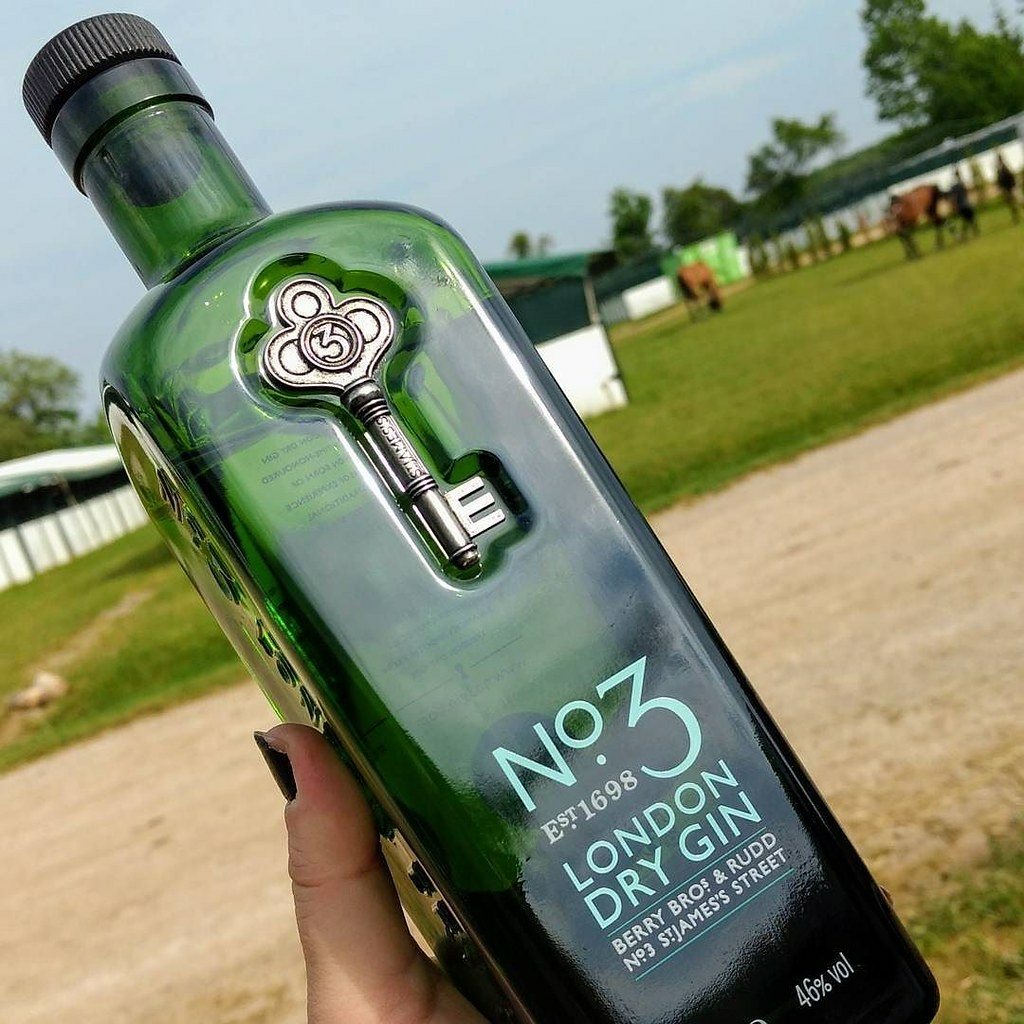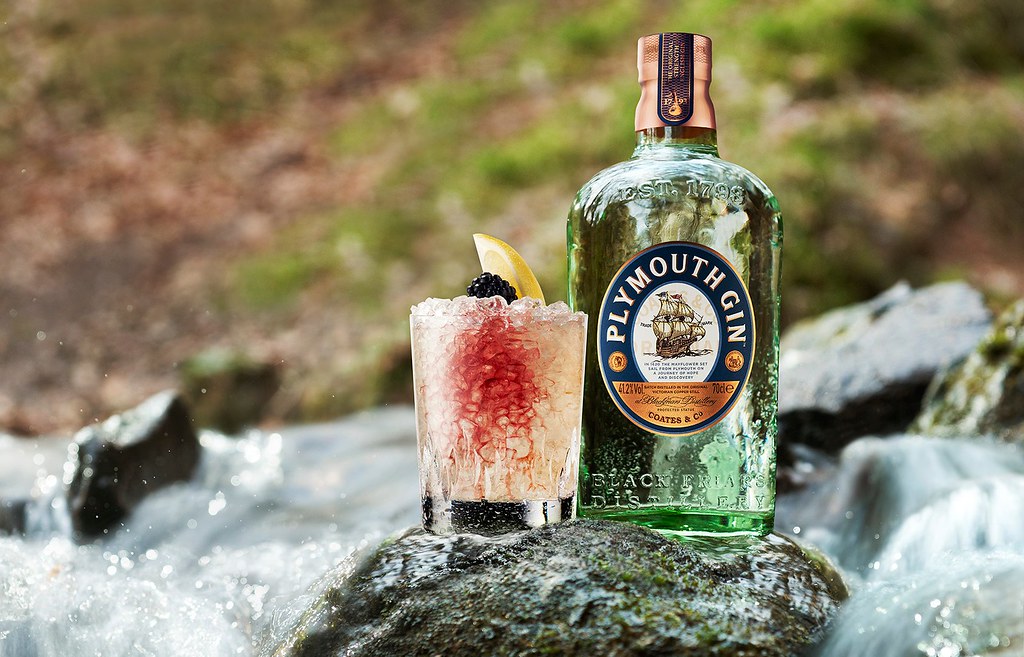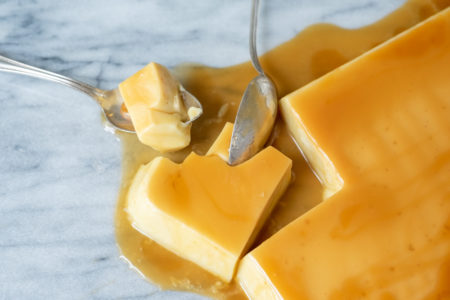When it comes to gin, most of us will think of the crisp, juniper-forward drink that’s on every back bar. But there’s a lot more variety to this botanical spirit than you might think.
London Dry Gin
London Dry gin was so named because it was invented in 19th century London. But nowadays, it’s used to refer to the style of gin and can be made pretty much anywhere.
London Dry has dominant notes of woodsy juniper layered with hints of bright citrus. The most widely available kind of gin, this is a classic option that’ll work in practically any gin cocktail.

Plymouth Gin
Unlike London Dry, Plymouth gin can only be made in Plymouth, England and is currently only produced by one distillery in the area that’s been operating since 1793.
Plymouth gin has a smoother juniper flavor than London Dry with a rich earthiness and a more palpable citrus flavor. This full-bodied drink can be used in most gin cocktails and is a great choice for anyone who’s averse to the bitingly crisp flavor of drier gins.

Old Tom Gin
In response to prohibitive taxes on gin in the 18th century, British pubs displayed tomcat-shaped plaques that had a hidden tube through which pub owners could sneakily dispense this homemade gin to customers. This almost-forgotten variety has recently seen a vibrant resurgence among craft distilleries.
Old Tom has the juniper and citrus flavors of a London Dry but with a sweeter flavor and slightly rounder finish. Use it in any cocktail that could benefit from a hint of sweetness, such as a martini or a gin fizz.

Genever Gin
Also known as Jenever gin or Dutch gin, genever is the first kind of gin ever produced. It was developed in 16th century Holland as a kind of malt wine spirit flavored with juniper berry and herbs. Genever gin has a nutty malt flavor with a hint of juniper and warming spices. It’s creamy, smooth, and adds a luxe butteriness to gin cocktails. Try it in a classic like a negroni or an old-fashioned and taste the difference.




